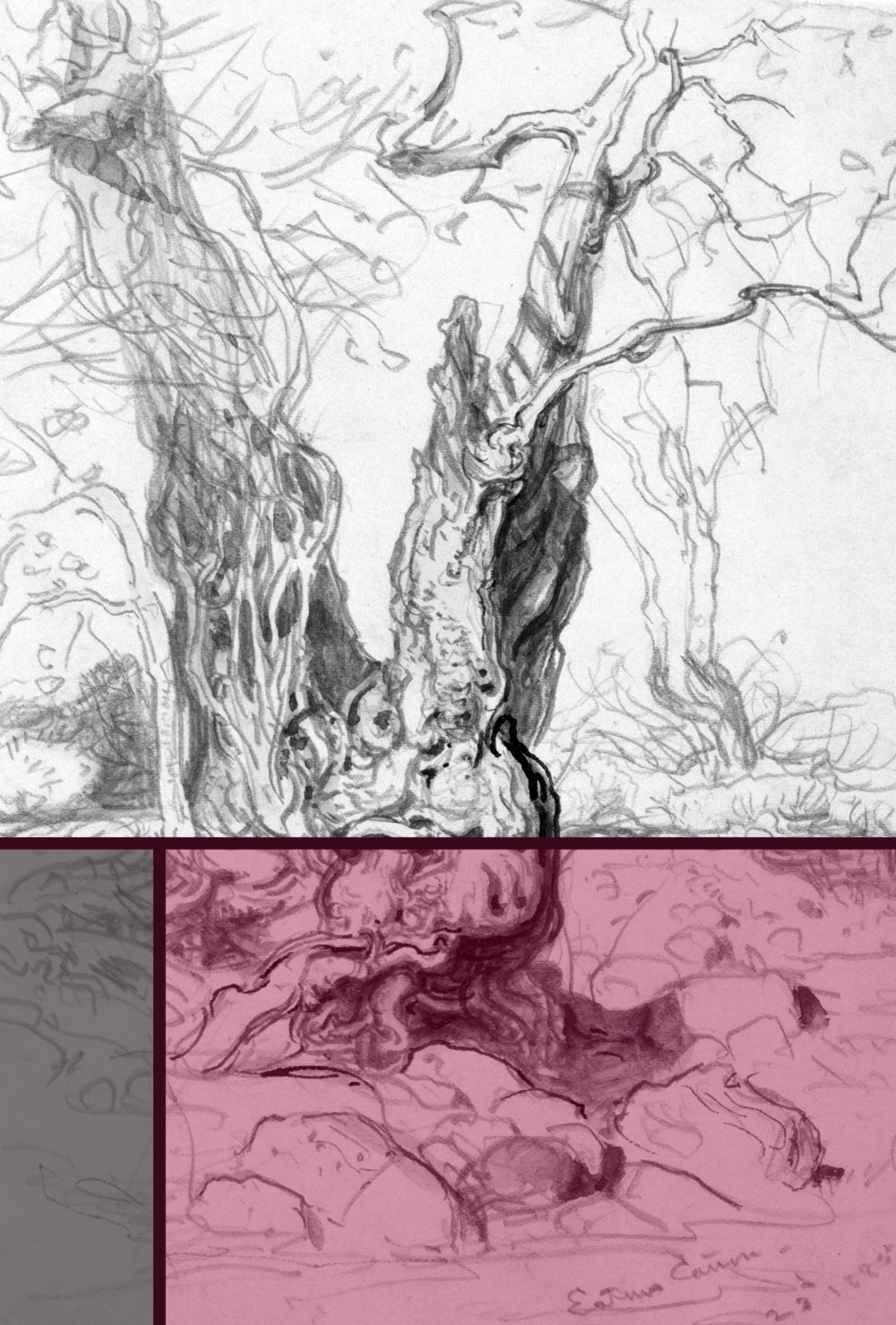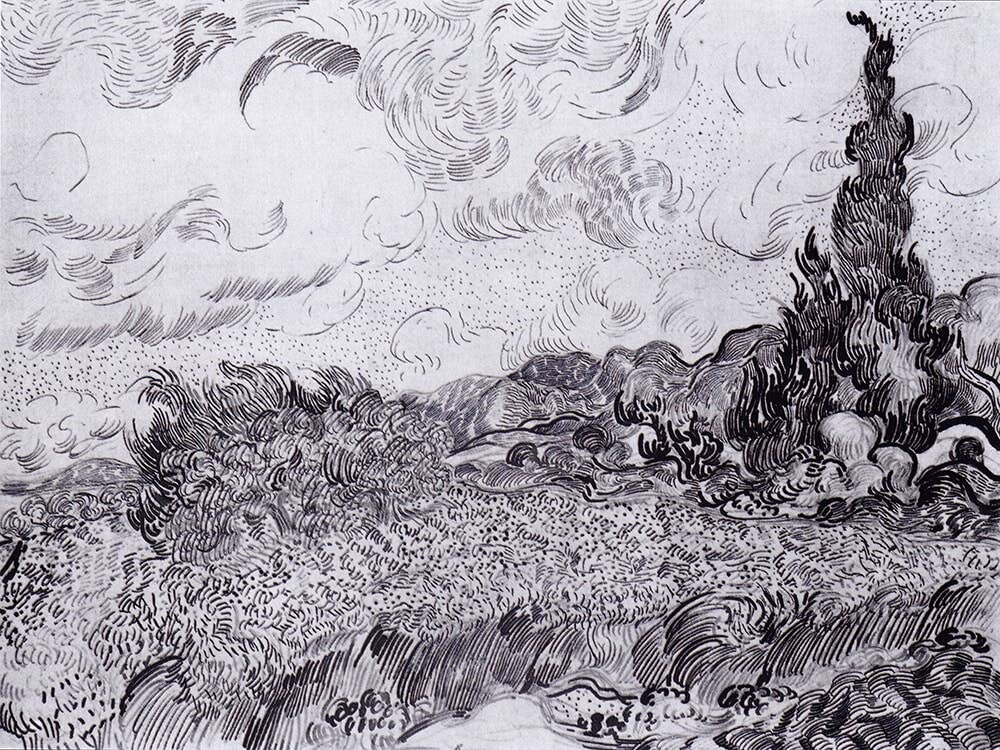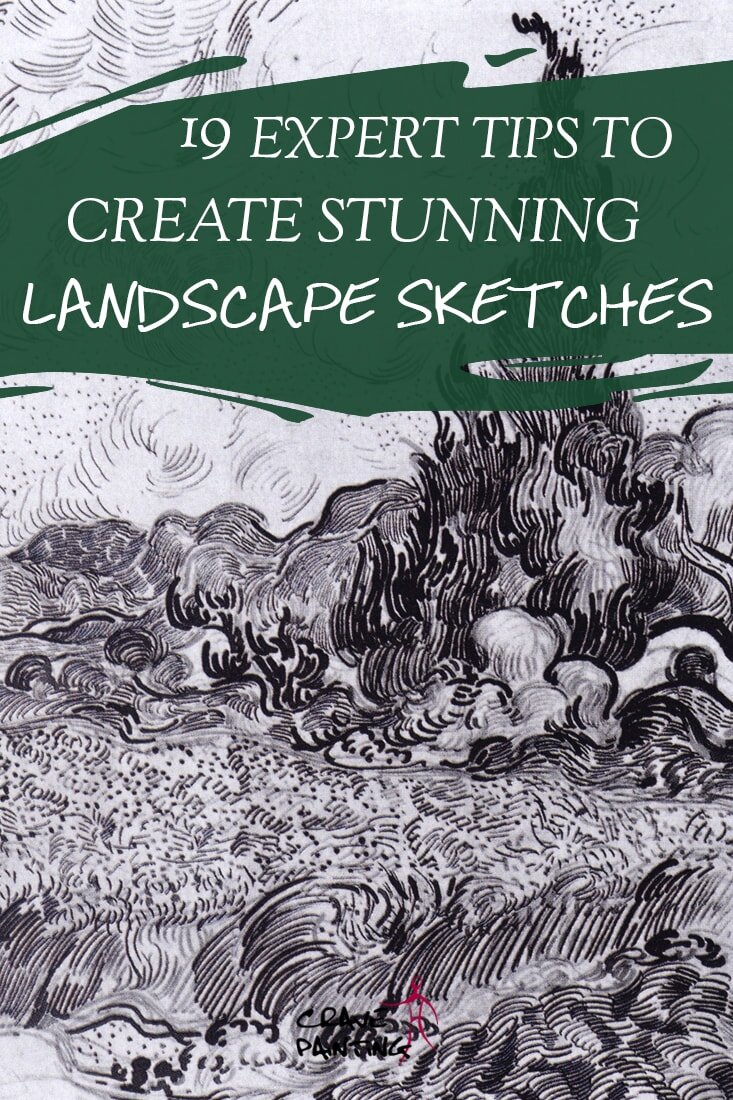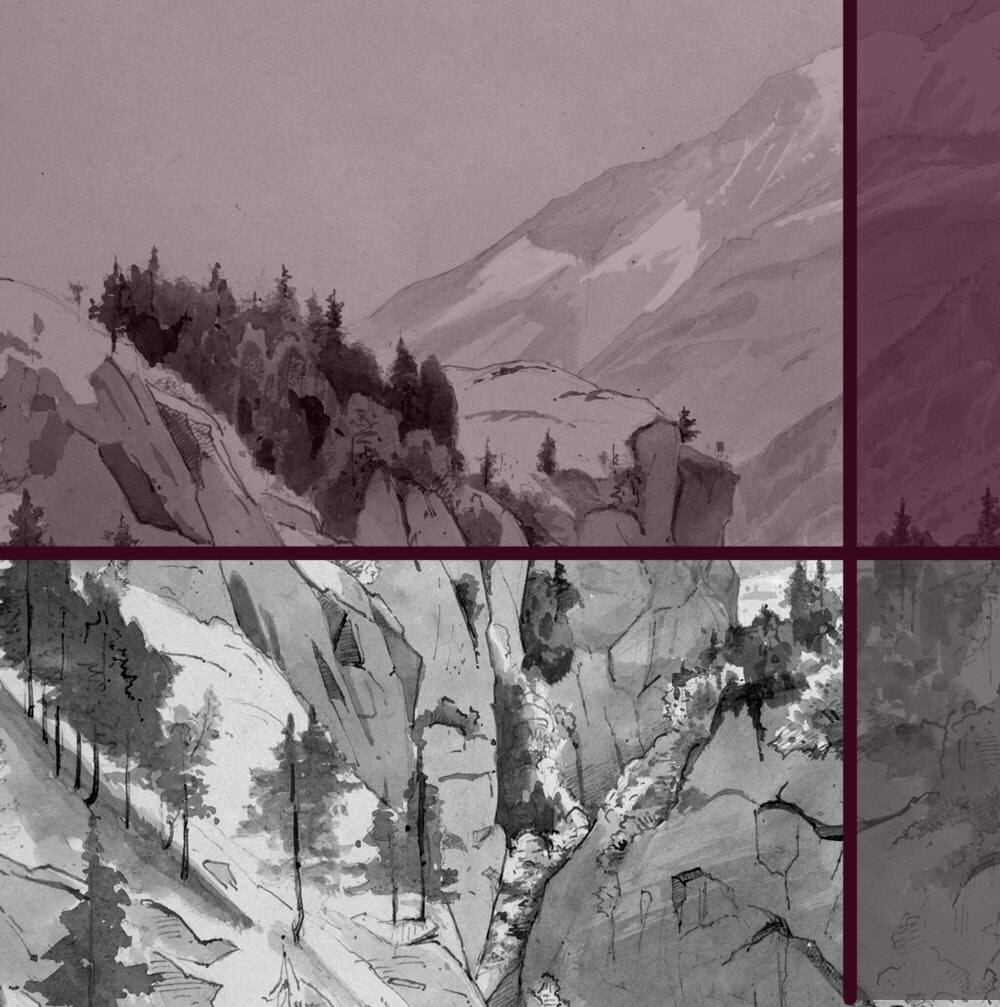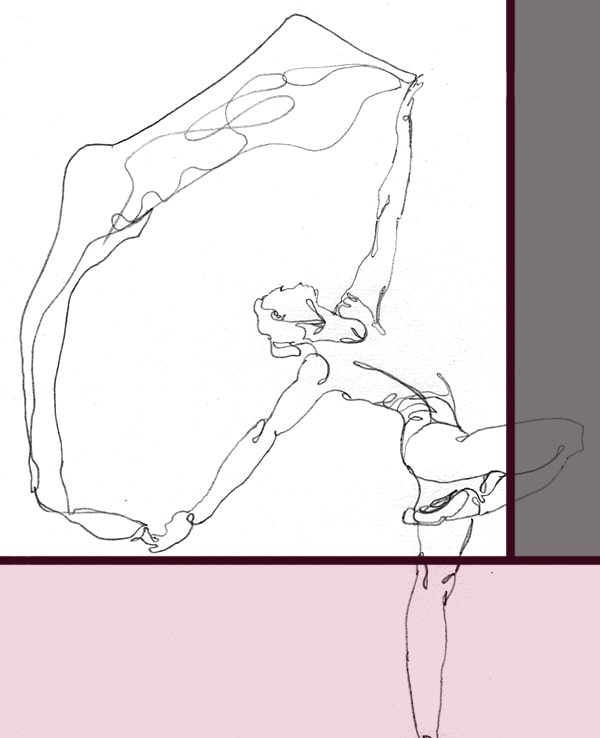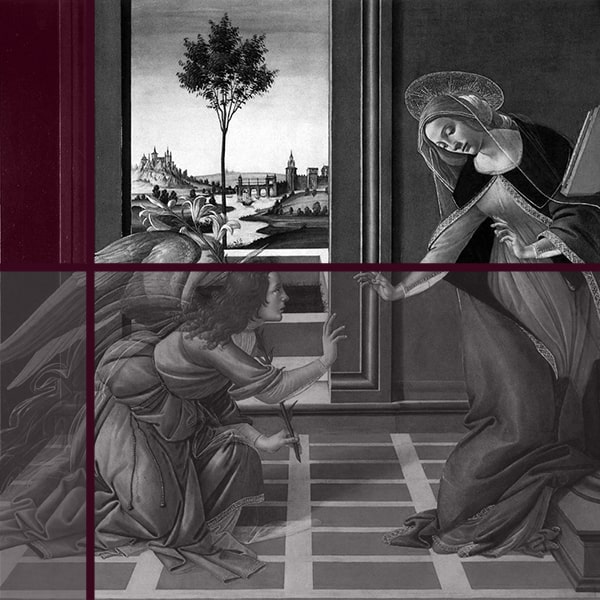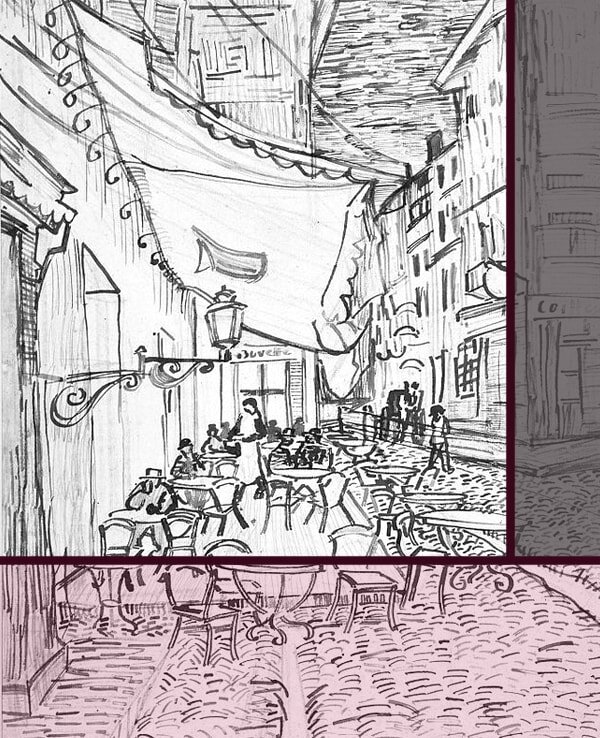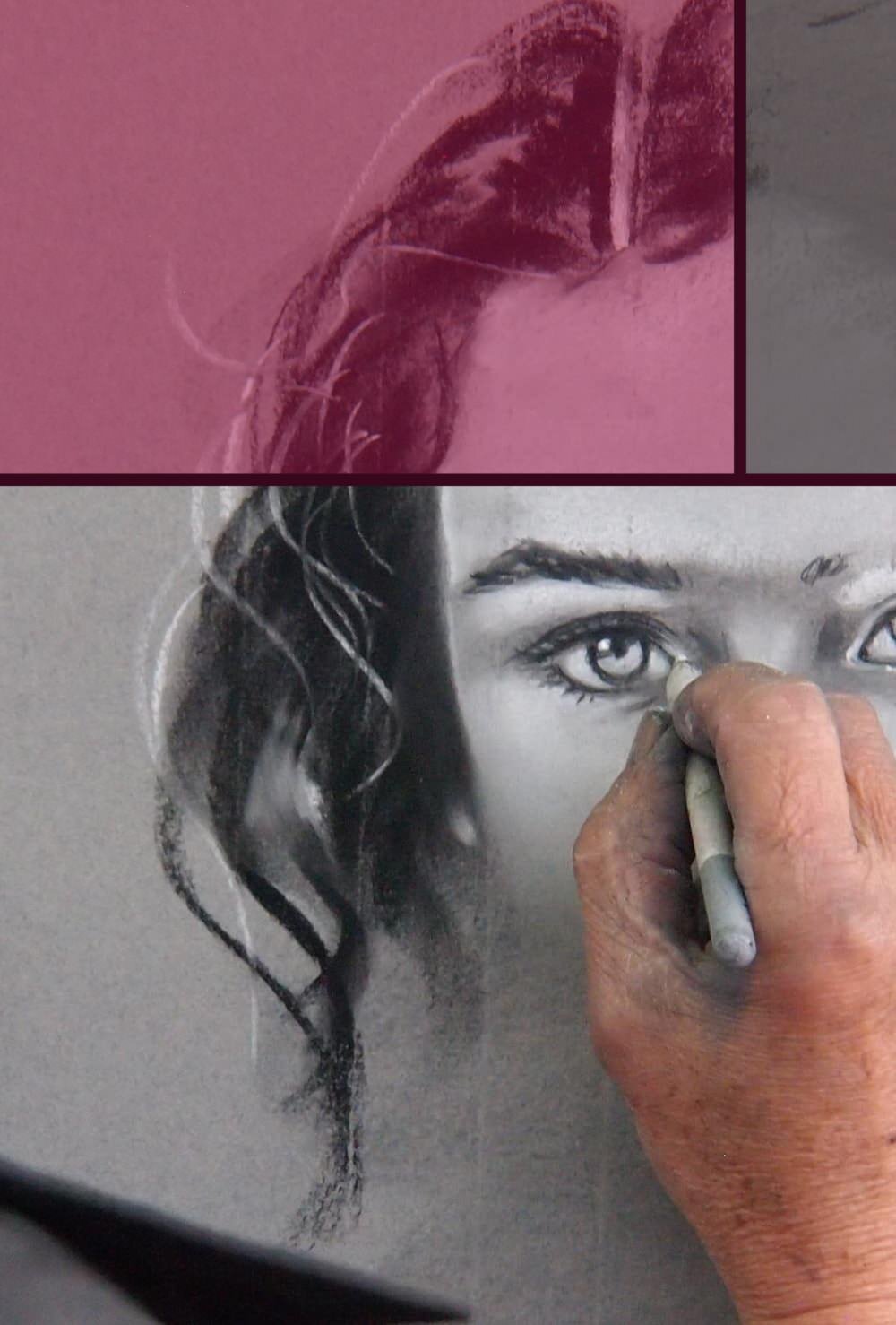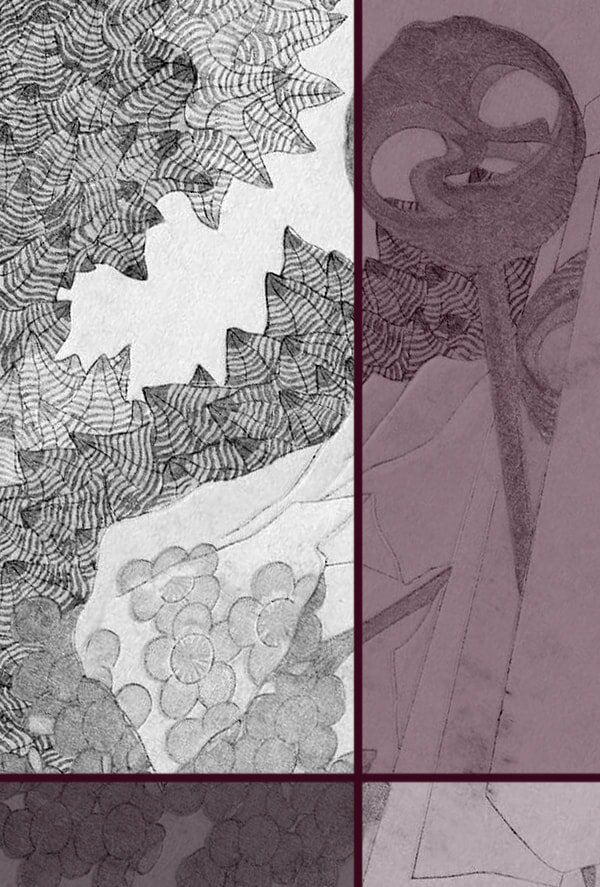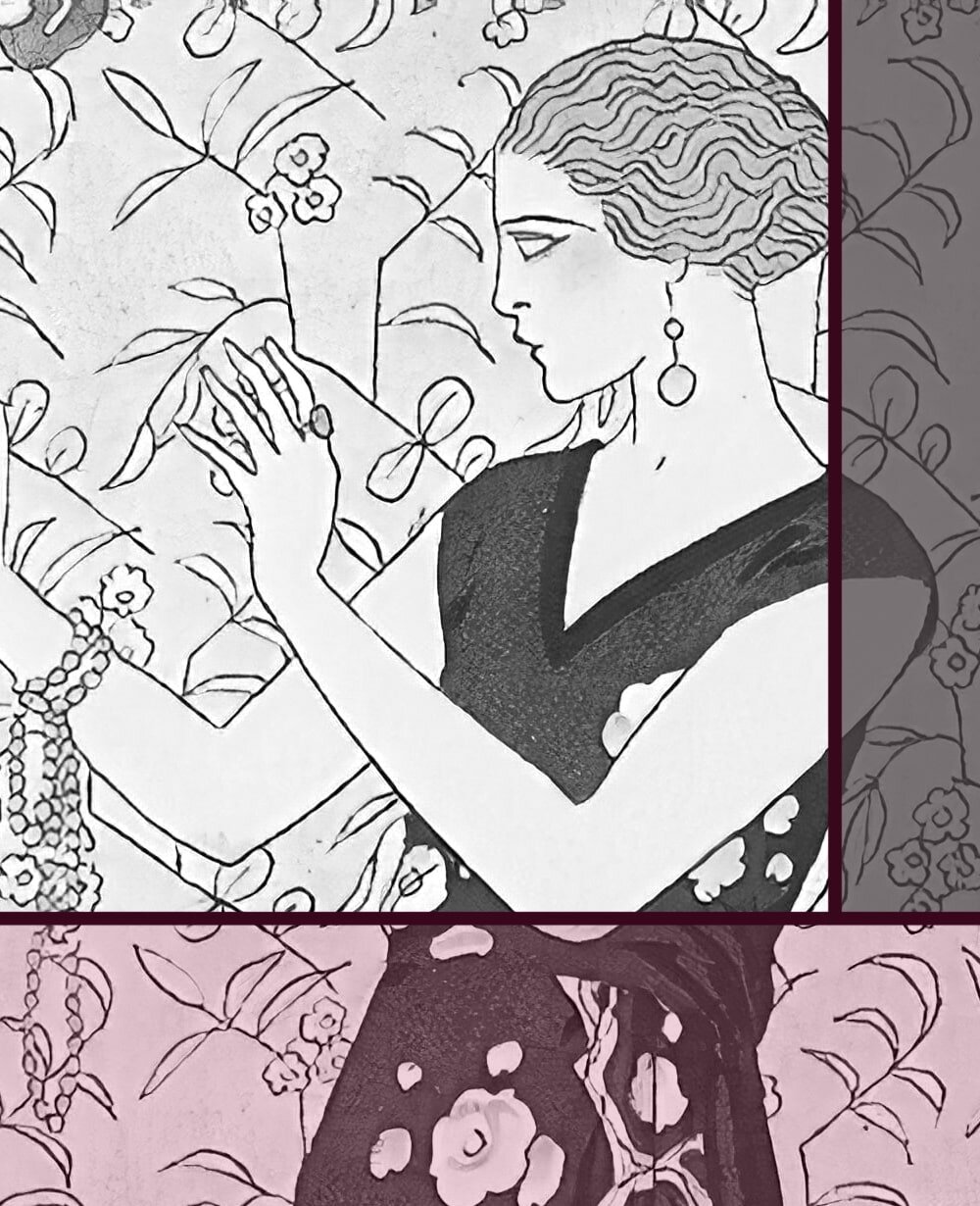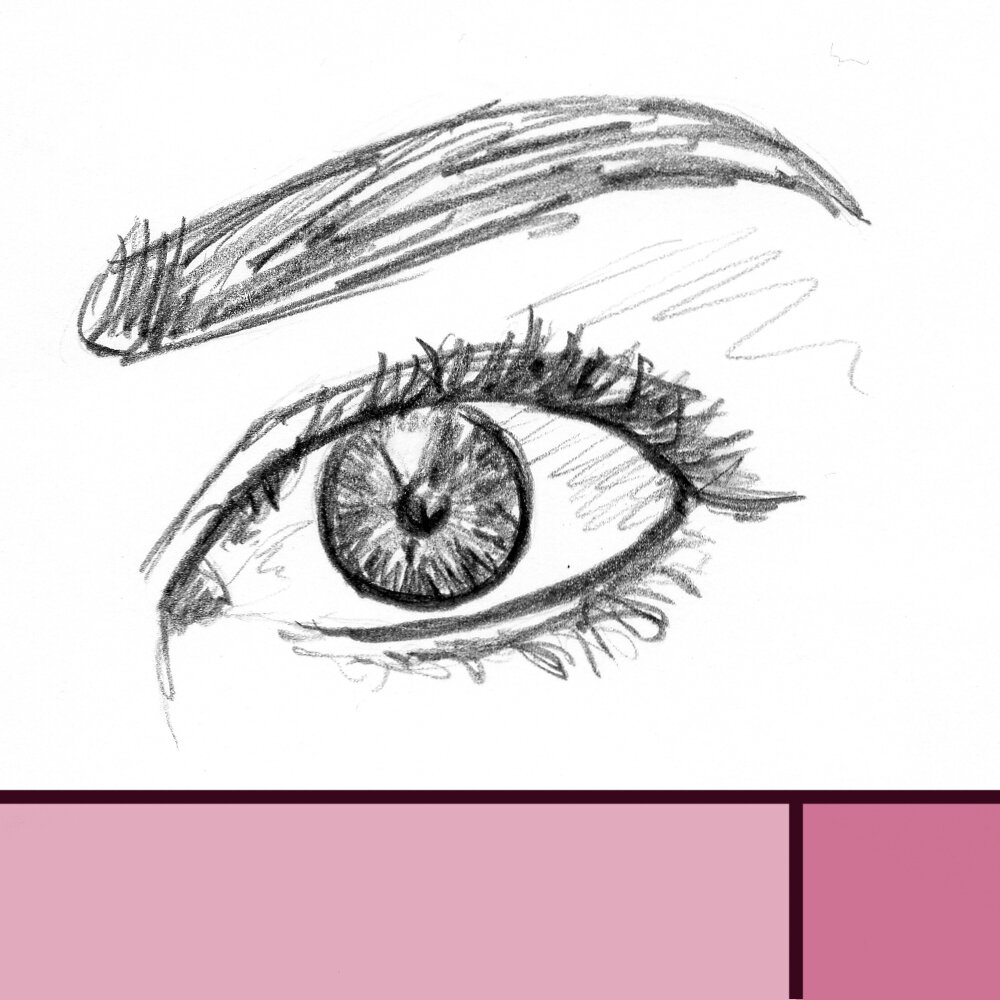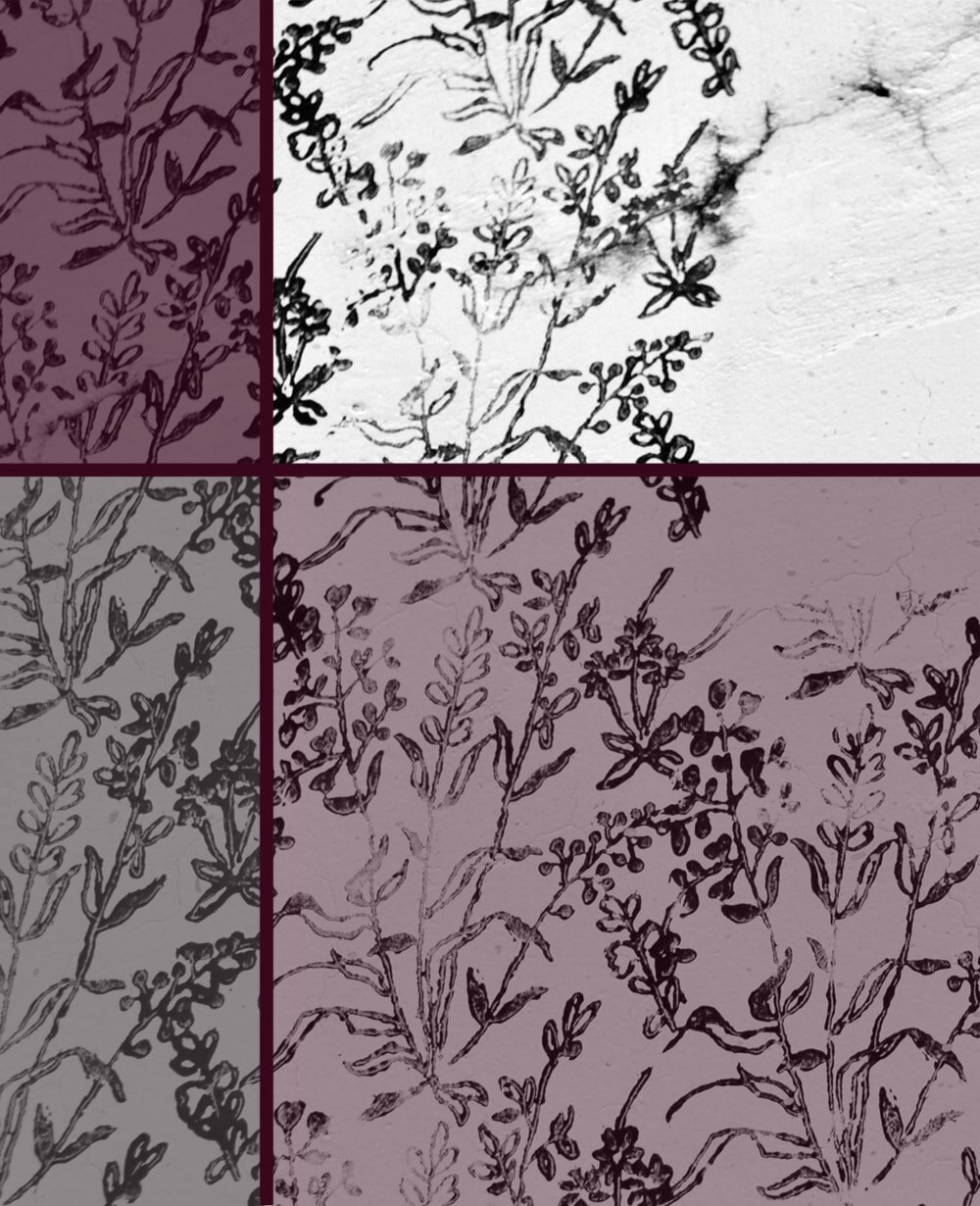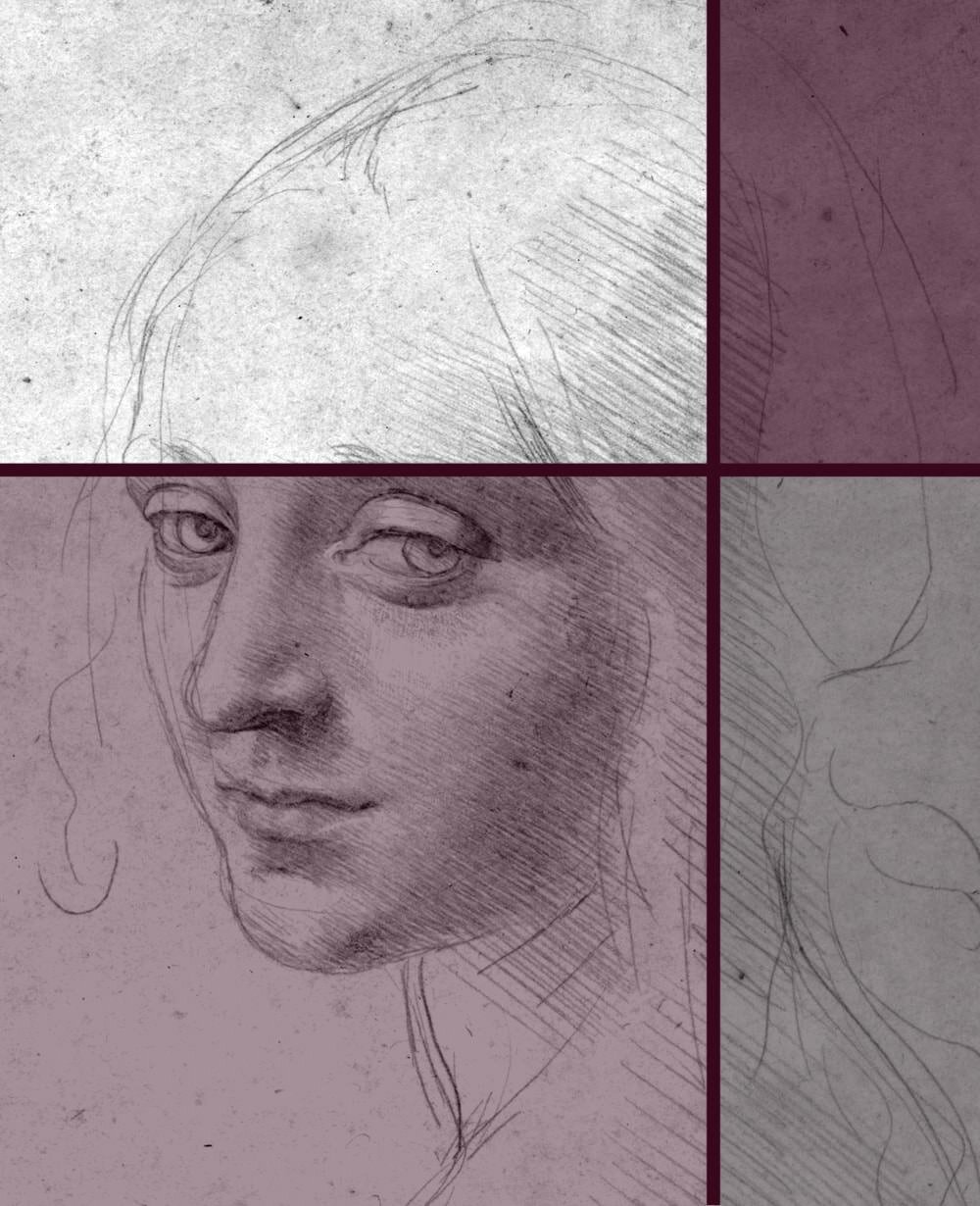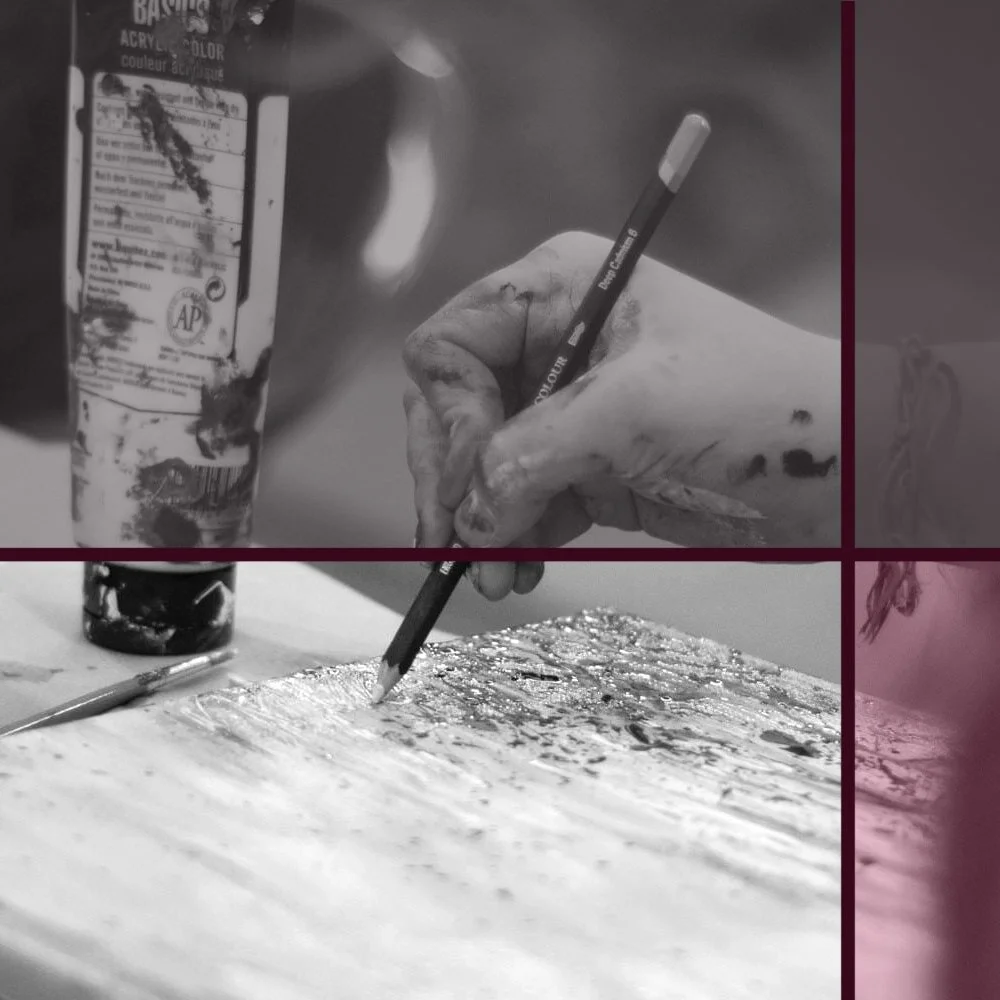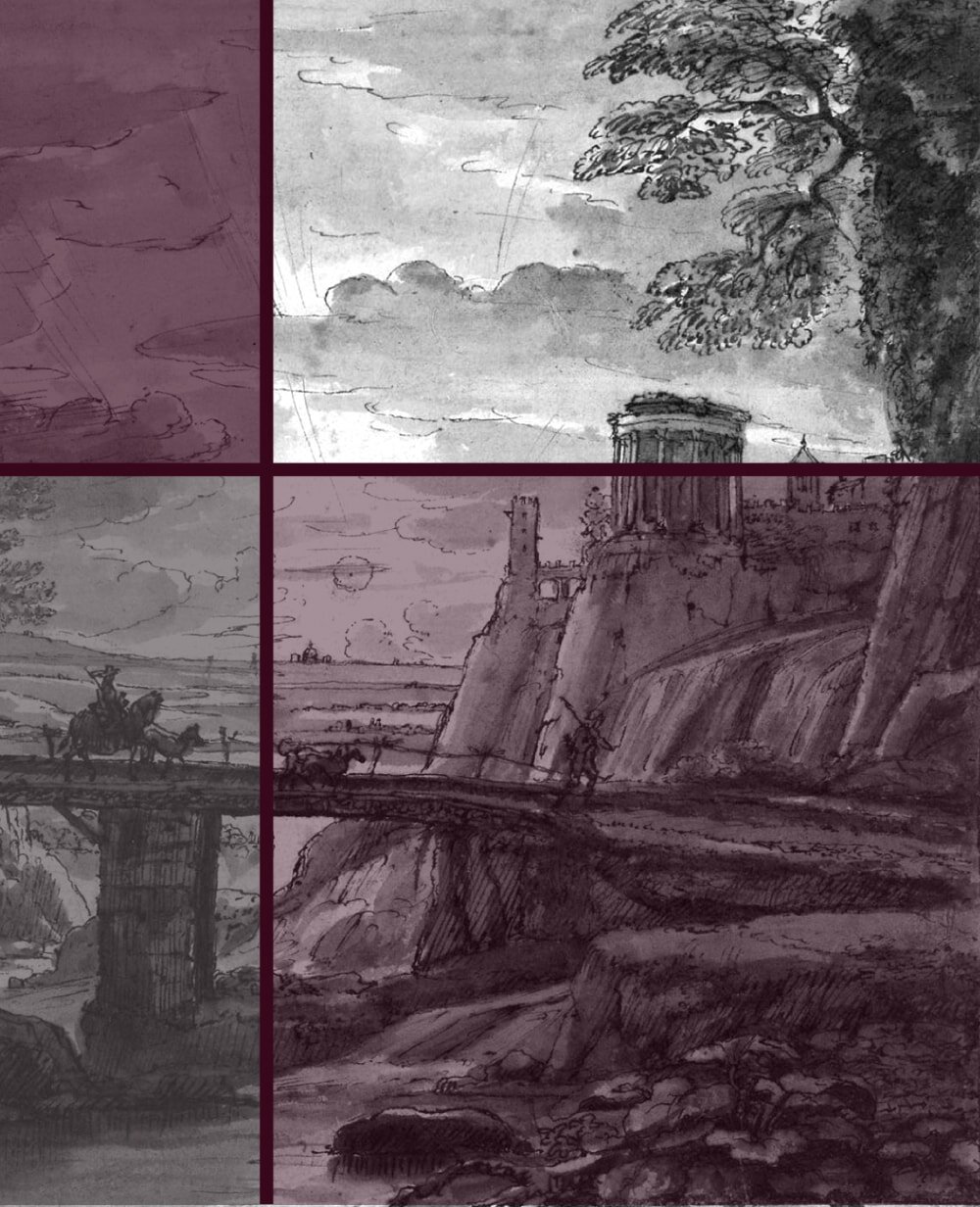19 expert Tips for creating stunning Landscape Sketches
From meadows to woods, from gardens to mountains, drawing landscapes is a favourite for millions of artists.
While nature will reliably provide you with beautiful subjects, it takes a little practice and a bit of guidance to create truly mesmerising landscape sketches.
These tips will help you do the beauty and wonder of the natural world justice and take your art and skill to the next level. Let's make some great art!
1 Be picky
Especially if you live rural there is nature everywhere around you. Because of that it's okay to be picky with your subject.
Don't draw something just because it's convenient or just "there", walk around a little until you find a scene that truly catches your eye.
Vincent van Gogh’s Wheatfield with cypresses sketch is as beautiful as it is fascinating, because he was not afraid of experimenting.
If you often get overwhelmed by the sheer amount of picturesque views, I find it helps to decide on a rough theme before you leave the house.
That could be "a forest scene with several trees" or "a close-up of plants near the beach". You'll have an easier time choosing a specific view and won't get side-tracked so much.
2 Get to know your subject first
Before you start drawing you should take a moment and have a good look at the scene. Then describe it in one or two sentences, verbally or on a piece of scrap paper.
Something like "I see a calm, dark blue lake, framed by a group of lush, deciduous trees. There are smooth brown hills in the background and a few fluffy white clouds in the sky".
See how I used a lot of adjectives there, like 'calm', 'lush' or 'smooth'? Those are excellent to work out how to best draw those parts and hone in on possible points of interest.
Have a look at my post 7 great Exercises to Improve your Landscape Drawing Skills for an exercise that builds up on this.
3 Use artistic freedom
As I've mentioned in my article Why Drawing Landscapes is so Popular (and so Good for your Art), one of the best parts of sketching outdoor views is that you can easily edit them.
Unlike other subjects, such as architecture or portraits, in a landscape your audience often cannot tell if you have been faithful to reality or making allowances.
You can move branches or entire trees if they're in the way. You can add a stream to balance your composition, give a hedge a little trim if it's too prominent. And your viewers will be none the wiser.
4 Use a viewfinder
Because nature is so vast it can be difficult to decide which part of a view to include in your drawing. There's just so much beauty to choose from.
You can use a viewfinder to pick a specific part of a view that will work well as a sketch. Viewfinders are basically a small, portable frames that you can hold up and move around to find a good composition.
A handmade viewfinder consists of two cardboard L’s that can be held up to work out a pleasing composition.
Amazon sells plastic ones, but in the spirit of sustainability you can also make your own by cutting out two L-shaped parts from leftover cardboard. Here's an article by Marion Boddy-Evans to show you how.
5 Play with formats and angles
While most of us will probably instinctively think of a horizontal format for a nice beach or forest scene, in many cases other formats will work equally well.
You could try a vertical view to show only a small part of the scene, or go for square or even super long to spice things up.
Rather than the usual ‘eye-level’, an interesting angle could be from relatively low down, perhaps lying on a blanket, or from high above, such as sitting on a hill or in a ranger's raised hide.
A very wide angle showing a big part of the landscape can be just as intriguing as a close-up of those mushrooms growing from a lonely tree stump.
6 Pick your focus early
Ideally, before you even start drawing, you should decide on the focal point for your work, as well as choose suitable points of interests. This way you’ll have an easier time working out a pleasing composition.
The focal point is the main star of the show, the one element you'll dedicate most time and effort to. It’s what you want to be the first thing that people notice. That might be a beautiful sunset sky, a huge, lush tree or a patch of bright flowers.
Points of interests take up the supporting roles but are still quite prominent. There can be several points of interest in a drawing, but usually only one focal point.
7 Make thumbnails
Even if you are using a viewfinder drawing a few quick thumbnails on some scrap paper to finalise the composition is always a good idea.
Thumbnails tend to be quite small and very rough, usually taking no more than a few seconds to draw.
Once you've decided on a format, angle and focal point for example, you could use the thumbnail to make sure your idea works as great on paper as it does in your head. And you can try moving elements around in your work to see how it would look, too.
8 Balance your composition
Nature views can be quite busy, especially when greenery is involved. An English country garden, for example, can be so overwhelmingly colourful and bushy that it might even be a bit much on the eye, let alone the time it’d take you to draw it all.
To avoid all the elements of your sketch visually melting together the 30/70 rule is the perfect guide.
You can read more about it in my article on Composition in the Arts, but the general idea is to split a drawing into 30% of one type of element and 70% of the other, for a composition that is interesting as well as visually pleasing.
If 70% of your page is taken up by bushy plants, you could balance it out with 30% trimmed lawn or rough cottage wall. If you have 70% detailed drawing you could compliment it with 30% rough sketch, and so on.
9 Create depth
In a typical landscape view, you won't find many clear convergence lines simulating visual depth to the human eye. But you’ll still want the viewer to realise that some elements are closer to them or further away than others, so the sketch doesn’t look flat.
The easiest way to achieve this in a nature scene is by using aerial perspective, the visual illusion where things further in the distance appear lighter, bluer and less clearly defined.
The branch at the top that is clearly very close to the viewer gives this view of the Tuscan countryside a lot of depth and transports the viewer into the scene, rather than observing from ‘afar’.
My post 5 great Exercises to learn Perspective Drawing the easy Way has an aerial perspective exercise for you to practice.
Another fun trick is to frame your work with a branch or a patch of long grass, for example. If you sketch them large, on the very edges of the work, it’ll look as if they were directly in front of the viewer.
10 Mix it up
One of the most intriguing things you can do to make your landscape sketches look more interesting is to copy what nature does and use a lot of variety.
With all those different colours, patterns and shapes it would be a waste if you used just one single technique, or indeed medium, in all your sketches.
The next time you feel a little adventurous, try to combine techniques, such as stippling, hatching and smudging to represent different parts of your scene. Or think about using pencil, water colour as well as chalk in one single sketch.
11 Go abstract for a sketch or two
It's always fun to try something new, especially when the outcome is almost guaranteed to look great.
This sketch of a beach by Fons Heijnsbroek is a great example for an abstract landscape. Look at the perfect interplay between rough paper and side of the charcoal to simulate sand texture.
Next time you're out and about switch up your usual style and try drawing the view as abstract as you can with it still being recognisable as a nature scene.
Abstract drawings almost always look fabulous. And, since they're not supposed to be a realistic representation, it takes a lot of the pressure off.
12 Play with the weather
The best part about drawing outside is the wonderful natural light you get to work with. It's great to try out a view at different times of day and see how this affects colours, shadows and the overall composition.
Drawings done in less than "perfect" weather can also create a lot of atmosphere. Rain, storm, fog and frost are great for sketching, as long as you dress for the occasion. My article 8 handy Tips for Drawing and Painting Outside has more good pointers for you.
Depending on the weather or the time of day the same natural scene can look vastly different. A pretty pond in the midday sun may be cheerful and lively. At twilight, on an overcast, misty day it might appear cold and sinister.
13 Sketch from big to small
Since landscape views can be a bit busy and overwhelming with few straight lines or well-defined shapes it helps a lot to start a sketch with big, rough shapes.
If there is a lake next to an area with trees and a patch of grass that would be the three initial shapes to draw, very roughly and with light lines. Then you'll work your way in and divide the bigger shapes into smaller and smaller ones while getting more and more accurate.
If you have trouble making out the shapes it helps to squint your eyes a little, it'll make you see less detail and colour.
For a detailed step-by-step guide on how to create a drawing from scratch pop by my article How to create a Drawing or Painting in 9 simple Steps.
14 Simplify
Instead of drawing all the 2 million leaves on an average oak tree, you're going to have to find a way to suggest a lush foliage without spelling it out, so to speak.
In fact, often it makes a sketch a lot more interesting if you're a bit selective and leave some things to the imagination.
Try to have some fun with the many textures in a landscape view and see if you can find different ways to represent them in a simple way, rather than copying what you see, leaf by leaf.
I have a few related exercises for you in my post How to Simplify your Drawings.
15 Concentrate on flaws
Drawing is one of the few pastimes where it's healthy and recommended to concentrate on flaws for a change. Nothing in nature is perfect, there are a lot of irregular patterns and natural variation everywhere.
This amazing sketch of a tree trunk has so much character because the artist didn’t try to correct the crooked, bumpy shape.
When you draw a tree it's important to draw that particular tree, with all its bumps, broken branches and contortions, not the idealised version of a tree you may have in your head.
These ‘flaws’ are what makes the tree unique and gives it a lot of character. If you learn to see these imperfections and bring them to paper your art will always be beautiful as well as intriguing.
16 Make use of lines
Using natural lines that occur in the landscape is a great way to break up a boring composition.
A river that disappears between a far mountain range can draw the viewer's gaze into the distance, emphasising the depth of the view.
A deer crossing, footpath or even just the natural ‘borders’ of a forest adjoined to a patch of meadow are all tricks used by professional artists to lead the viewers eye though the picture.
17 Don't forget the animals
Sure, a lot of them tend to be quite shy and hide away when humans sit under their trees. But even if you see birds, deer, dragonflies or fish for only a short moment, incorporating some into your sketch can give it a lot of life and interest.
It doesn't need to be a perfect rendering. A rough indication as a reminder of their presence is usually enough to be intriguing. Even just some footprints in the sand or a stray feather can work really well.
18 Use movement to set a time
A great way to add immense interest to a static landscape view is to draw one or two elements that the viewer knows are fleeting.
That could be a sunset, that won't stay bright and colourful for more than a few minutes. Animals, as mentioned above, work well, too. Or it could be a specific weather condition like a storm, or even an airplane flying above.
This landscape sketch by Vincent van Gogh doesn’t just create an eerie atmosphere, it also sets the scene at a specific moment in time due to the moving elements, such as the man, the bird and the storm clouds.
This technique will create the illusion that your sketch is not timeless, but rather was created at a specific moment in time, on a specific day. It'll make it a lot more real and unique.
19 Enjoy the great, wide outdoors
Above all, enjoy being in nature. Loving the smells, the sounds and the views is the best recipe to creating stunning landscape drawings that your audience (and you yourself) will love.
Learn to like not just the perfect, comfortable spring day in the park but also the less accommodating terrains and weather conditions. Drizzle, twilight, midgets and mud are all part of the experience.
For more tips and tricks have a look at my other landscape-related articles.
Did you enjoy this article or feel like you have anything else to add? Feel free to leave me a comment below!
If you like this post, please share it, so others may like it too!

